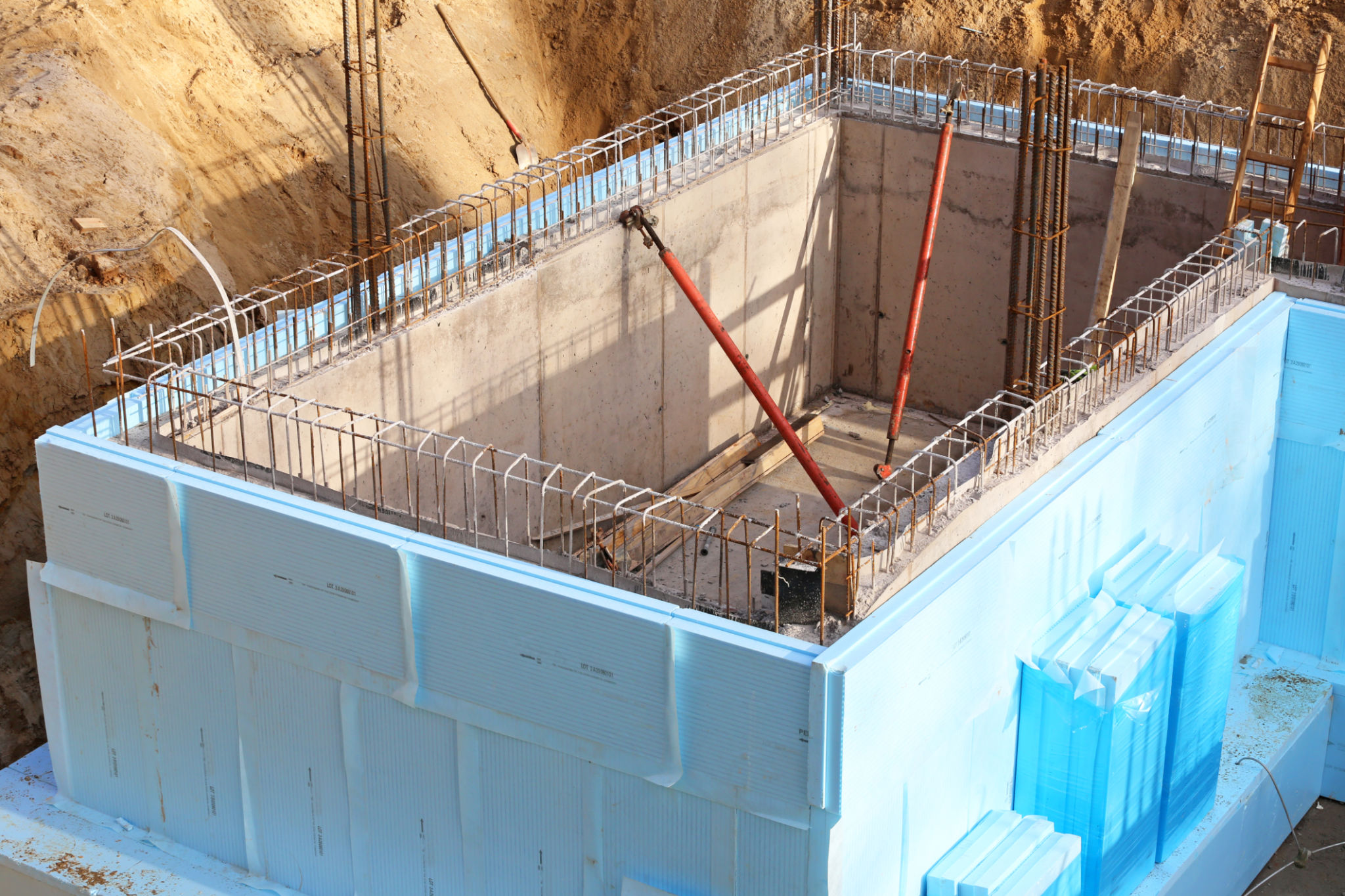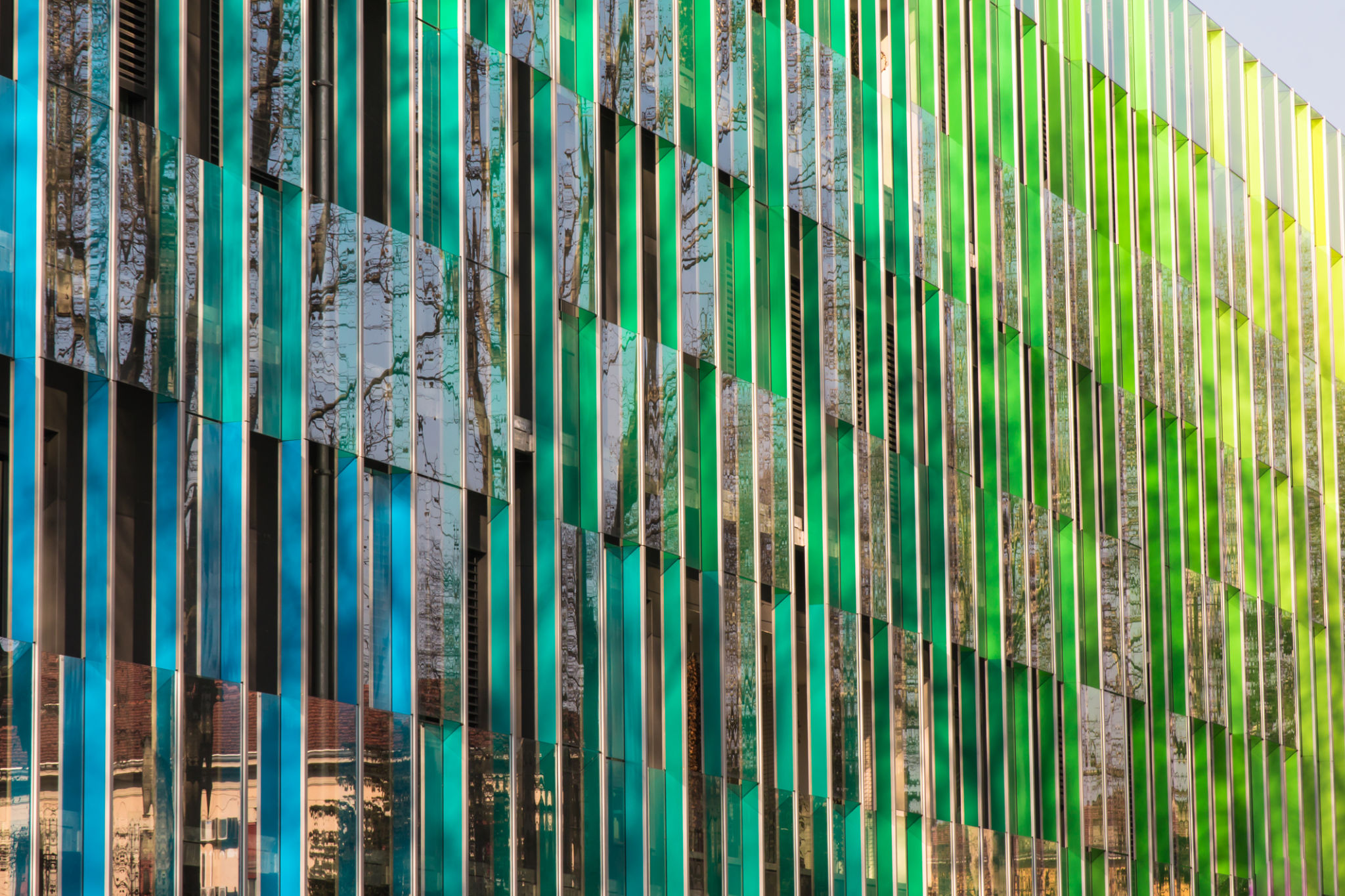The Impact of Lisboa’s Climate on Building Design: Tips and Insights
Understanding Lisboa’s Climate
Lisboa, the vibrant capital of Portugal, is known for its mild Mediterranean climate. With hot, dry summers and mild, wet winters, this climate presents unique challenges and opportunities for building design. Understanding these climatic conditions is crucial for architects and builders aiming to create structures that are both functional and sustainable in this picturesque city.

The city enjoys an average of 2,800 sunshine hours annually, which means that solar orientation and shading are vital considerations in building designs. Buildings must be equipped to handle the intense summer heat while also taking advantage of the abundant natural light during the milder seasons.
Incorporating Natural Ventilation
Given the warm climate, ensuring proper ventilation in buildings is essential to maintain comfortable indoor temperatures without relying heavily on air conditioning. Natural ventilation can be effectively achieved through strategic placement of windows and vents, allowing cool breezes to circulate throughout the interior spaces.
Designers often utilize cross-ventilation techniques to enhance airflow. By aligning windows and openings on opposite sides of a building, it is possible to harness the natural wind patterns prevalent in Lisboa, reducing energy consumption and enhancing indoor comfort.
Utilizing Thermal Mass
Thermal mass plays a significant role in mitigating temperature fluctuations within buildings. By using materials like concrete, brick, or stone, buildings can absorb heat during the day and release it during cooler evenings. This stabilizes indoor temperatures and reduces reliance on mechanical heating and cooling systems.

In Lisboa, incorporating thermal mass into building design not only promotes energy efficiency but also contributes to the longevity and durability of structures, making it a wise choice for sustainable architecture.
Implementing Shading Systems
To combat the intense summer sun, effective shading systems are crucial. Options such as pergolas, louvers, and exterior blinds can be integrated into building facades to reduce solar gain. These features not only enhance aesthetic appeal but also significantly improve energy efficiency by minimizing the need for artificial cooling.
In addition, landscaping elements such as strategically placed trees and plants can provide natural shade and cooling effects. Green roofs and walls also offer innovative solutions for reducing heat absorption while contributing to Lisboa’s lush urban environment.

Water Management Strategies
With the wet winters typical of Lisboa’s climate, effective water management is a key consideration in building design. Implementing systems for rainwater harvesting and drainage not only prevents water damage but also conserves resources by reusing collected water for irrigation or non-potable purposes.
Permeable paving and green infrastructure are other strategies that help manage stormwater runoff while contributing to urban greenery. These approaches align with sustainable building practices and enhance the resilience of structures against changing weather patterns.
Conclusion
The impact of Lisboa’s climate on building design is profound, offering both challenges and opportunities for innovation. By considering factors such as ventilation, thermal mass, shading, and water management, architects and builders can create structures that harmonize with the environment while delivering comfort and sustainability.
As Lisboa continues to grow and evolve, embracing climate-responsive design will be crucial in ensuring that its architecture remains both beautiful and functional amid changing climatic conditions.
